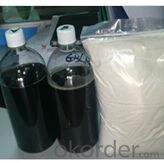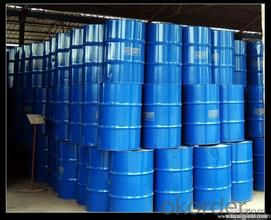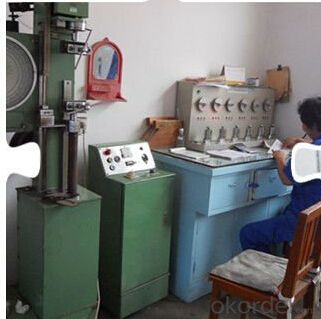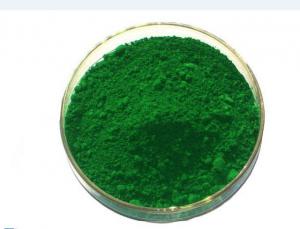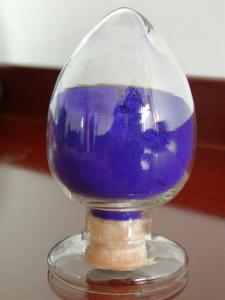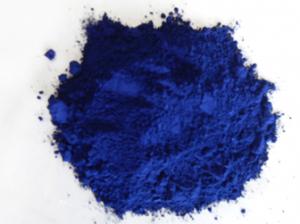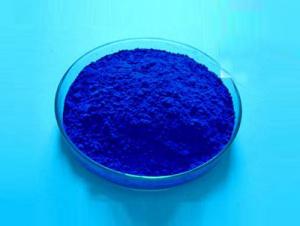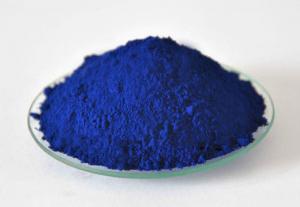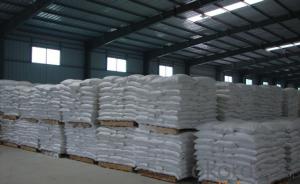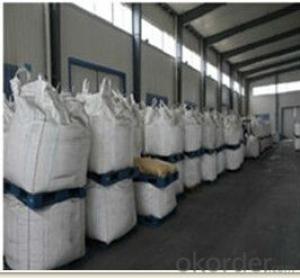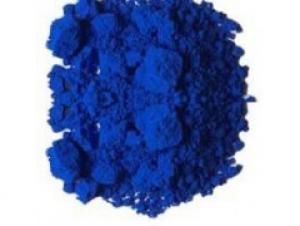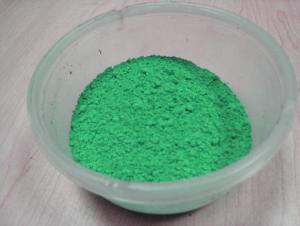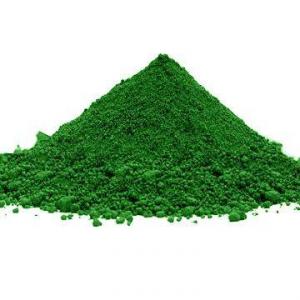Textile auxiliary, Textile chemical biopolishing Acid Cellulase Enzyme
- Loading Port:
- Shanghai
- Payment Terms:
- TT OR LC
- Min Order Qty:
- 1 bottle
- Supply Capability:
- 10000 bottle/month
OKorder Service Pledge
OKorder Financial Service
You Might Also Like
Quick Details
| Classification: | Chemical Auxiliary Agent | CAS No.: | Chemical Auxiliary Agent | Other Names: | acidic enzyme water |
| Place of Origin: | Guangdong China (Mainland) | Type: | Chemical Auxiliary Agent | Usage: | Textile Auxiliary Agents |
| Brand Name: | DEROU | Model Number: | GGL acidic Enzyme | Appearance: | Amber liquid |
| PH Value: | 4.0-5.0 | GGL dosage: | 0.3-1.5% (O.W.F) |
Packaging & Delivery
| Packaging Detail: | 25kg or 200kg per plastic drum. |
| Delivery Detail: | 3-7 days |
Specifications
acid cellulase for biopolishing
concentrated cellulase for textile bio-polishing
high quality and perfect service
Fast remove cowboy hair Natural Cellulase Enzyme GGL
1.Fabric bio-polishing finishing acidic enzymes water
2.For cotton, cotton / polyester blended fabric bio-polishing finishing
[Description]:
GGL is a new generation of non pathogenic bacteria deep fermentation of a high quality, highly concentrated cellulase suitable for complex products with different biological polished style for cotton, cotton/polyester blended fabric bio-polishing finishing, but also for washing factory and dyeing factory direct.
GGL belongs to the genetic modification of acid cellulase, available in PH-5.5-7.0 conditions, anti-back of its outstanding advantages of excellent dyeability, and therefore particularly suitable for denim washing. Its anti-the back stick performance is the best in the similar acidic cellulase.
[Specification]:
Appearance: Amber liquid
PH Value: 4.0-5.0
Vitality:≥13000 CMCU/mL
Compatibility: This product to the buffering agent, non-ionic surface active agent has a good compatibility.
[Direction for Usage]:
GGL dosage: 0.3-1.5% (O.W.F)
Bath ratio: 1:8-1:20
Processing time: 30-60minutes
Temperature: 45-55°C
PH Value: 4.5-5.5
[Properties]:
→ GGL suitable for cellulose fabric biopolishing finishing, the fabric surface clean, clean lines, greatly reducing pilling rates, effectively improve the fabric handle.
→ GGL according to the requirements of customers can produce different stone apparent effect, giving unique fermented wash denim fabric style.
→ Less strength loss, and good color, back contamination and cross color can be small, minimal lower shade changes.
[Inactivated]:
Treatment effect is reached must be inactivated. Can through the addition of anhydrous sodium carbonate will increase PH value of 10, or up to 70°C, with 10 minutes.
[Storage & Package]:
Can be stored for 6 months at 0-25°C in a sealed container, keep dry and avoid exposure to sunshine.
25kg or 200kg per plastic drum.
- Q: Please and thank you, it doesn't say so on the website.
- Mac Pigment Ingredients
- Q: what are the accessory pigments in plant photosynthesis?
- Accessory Pigments In Photosynthesis
- Q: like what's the definition relating to sunlight
- Pigments are substances which are used familiarly to create pictures and printings. Pigments give an object a color when in a field of incident white light. Pigments themselves absorb a set of incident colors of light and reflect all others. When multiple pigments are mixed, their ability to absorb colors is added, such that their ability to reflect colors is subtracted.
- Q: I always hear about pigments from MAC and Loreal, etc. and I am confused about what exactly they are.So can someone please THOROUGHLY explain what they are and what they can be used for?
- Pigment okorder Pigments can be used for many different cosmetic purposes. eyeshadow blushes added to a clear gloss you make a brand new lip gloss added to clear nail polish base. a hilight color, added to body spray for shimmer added to gel for a tinted gel the list goes on and on. i hope this helps!
- Q: can pigment ink be used to tattoo?
- Pigment ink? Tattoo ink is pigment ink. Printer ink is pigment ink. Crayola markers are pigment ink. It all comes down to what it's manufactured for and whom is doing the manufacturing. Reputable shops use certain brands of tattoo ink for a reason. Using something not made for the human body at all makes for an ugly tattoo and can cause infections or other problems seeing as nothing in it's manufacturing process is sanitary or compatible with use in skin.
- Q: what pigment are? give two example
- pigments found in plants, vegetables and fruits, make them look colorful. pigments found in animal skins, givie us colorful animal skins with variety of shades. Plant pigment Chlorophyll makes plant leaves look green. Plant pigment Carotenoid makes fruits and vegetables look orange, yellow, red. Plant pigment Phycobilin makes plants look bluish green or red.
- Q: ive been watching a lot of makeup videos on youtube and a lot of the girls use mac pigments. what exactly are they and how are they different from regular eyeshadow? are they easier or more difficult to use?
- Pigment okorder /....
- Q: (After the fifteenth century)
- Pigment is color in powder form. An example is lamp black; it was first made from the soot of kerosene lamps ground fine. Binder is a substance used to hold pigment together and make it adhere; in the previous example, linseed oil would be the binder for the lamp black pigment. Vehicle is a medium acting as a solvent, carrier, or binder for paint; turpentine or mineral spirits would be a vehicle but so would linseed oil as well to help dilute the paint and help it cover a large area. Hope that helps and thanx.
- Q: i want to get mac melon pigment but i dont know what other eyeshadows to pair and blend it with. im looking for an everyday look. also what brushes to use with pigments?
- With the Melon pigment, I would recommend using warm, chocolate copper, bronze types of colors. It will provide a nice contrast to the melon while giving your eyes some added depth and definition. As far as brushes go, I like using the 252, large shader brush. This brush picks up pigment nicely and it has nice compressed/dense bristles so you can manipulate and lay the pigment down with greater ease. I like the #286 The dual fiber blending brush for pigments as well. It's made of natural fiber and synthetic fiber. This is a great brush because you really get 2 brushes in 1. With this 'blending' brush you can also use it for targeted color deposits and the synthetic fibers won't suck up what you just laid down and you will get a flawless, beautifully blended eyeshadow application.
- Q: i also need the color they are links would be great if you know a good one
- anthocyanis Xanthocyanins These are the reds and yellows you see in the fall when the green leaves turn colors
Send your message to us
Textile auxiliary, Textile chemical biopolishing Acid Cellulase Enzyme
- Loading Port:
- Shanghai
- Payment Terms:
- TT OR LC
- Min Order Qty:
- 1 bottle
- Supply Capability:
- 10000 bottle/month
OKorder Service Pledge
OKorder Financial Service
Similar products
Hot products
Hot Searches
Related keywords



